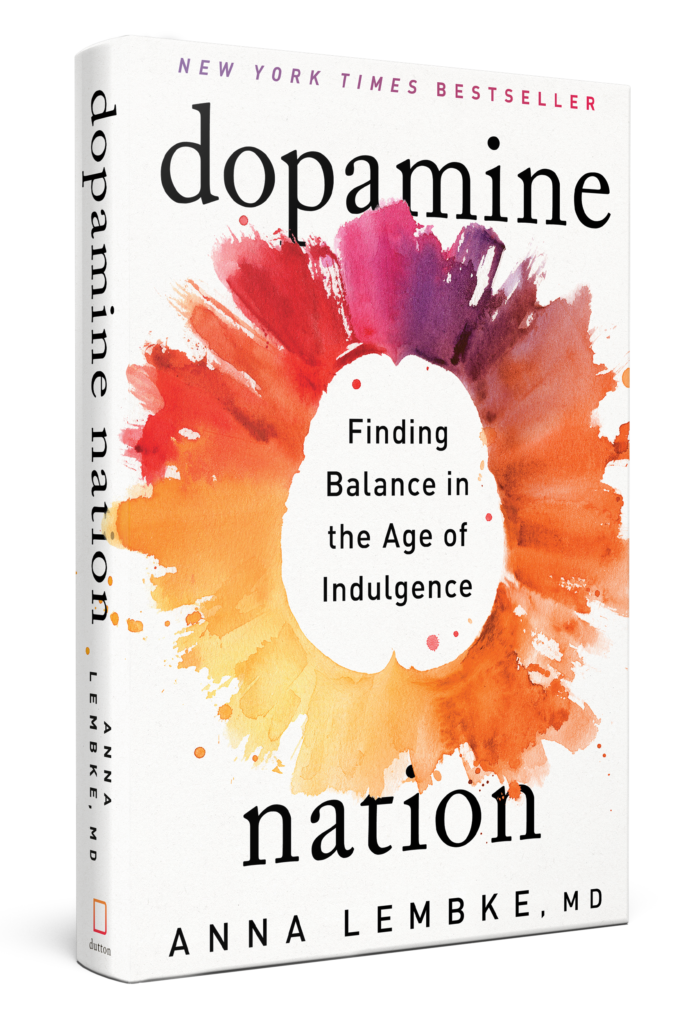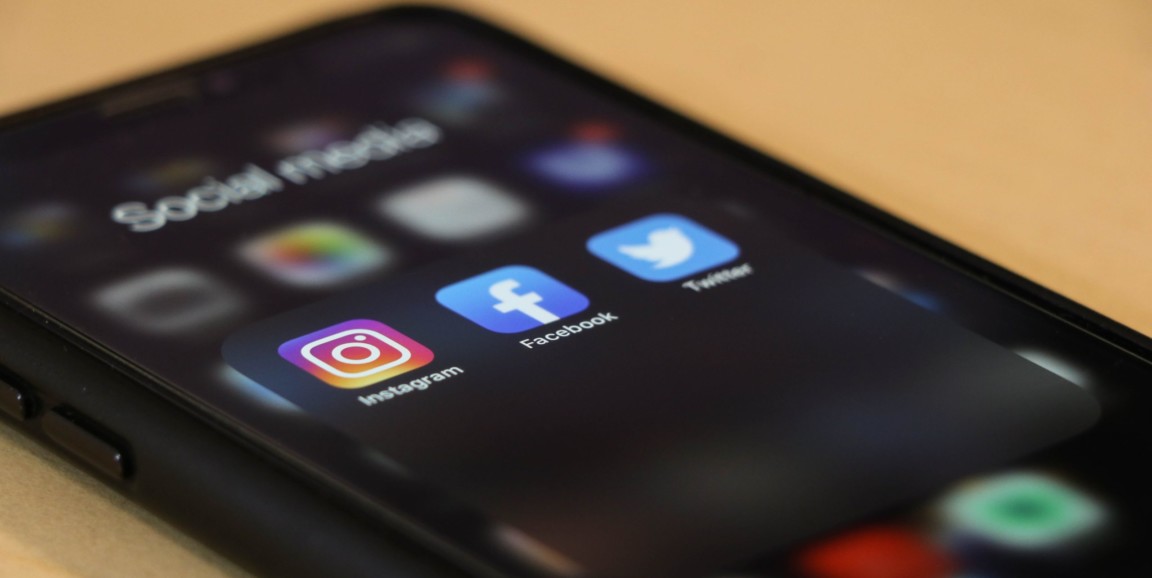The curious title of Stanford psychiatrist Anna Lembke's book, Dopamine Nation: Finding Balance in the Age of Indulgence, pays tribute to the crucial and often destructive role that dopamine plays in modern society.
Dopamine, the main chemical involved in addiction, is secreted from certain nerve tracts in the brain when we engage in a rewarding experience such as finding food, clothing, shelter or a sexual mate. Nature designed our brains to feel pleasure when these experiences happen because they increase our odds of survival and of procreation.
But the days when our species dwelled in caves and struggled for survival are long gone. Dopamine Nation explains how living in a modern society, affluent beyond comparison by evolutionary standards, has rendered us all vulnerable to dopamine-mediated addiction. Today, the addictive substance of choice, whether we realize it or not, is often the internet and social media channels, according to Lembke, MD.
"If you're not addicted yet, it's coming soon to a website near you," Lembke joked when I talked to her about the message of Dopamine Nation, which was published in August. This Q&A is abridged from that exchange.
Why did you decide to write this book?

I wanted to tell readers what I'd learned from patients and from neuroscience about how to tackle compulsive overconsumption. Feel-good substances and behaviors increase dopamine release in the brain's reward pathways.
The brain responds to this increase by decreasing dopamine transmission -- not just back down to its natural baseline rate, but below that baseline. Repeated exposure to the same or similar stimuli ultimately creates a chronic dopamine-deficit state, wherein we're less able to experience pleasure.
What are the risk factors for addiction?
Easy access and speedy reward are two of them. Just as the hypodermic needle is the delivery mechanism for drugs like heroin, the smartphone is the modern-day hypodermic needle, delivering digital dopamine for a wired generation.
The hypodermic needle delivers a drug right into our vascular system, which in turn delivers it right to the brain, making the drug more potent. The same is true for the smartphone; with its bright colors, flashing lights and engaging alerts, it delivers images to our visual cortex that are tough to resist. And the quantity is endless. TikTok never runs out.
What makes social media particularly addictive?
We're wired to connect. It's kept us alive for millions of years in a world of scarcity and ever-present danger. Moving in tribes safeguards against predators, optimizes scarce resources and facilitates pair bonding. Our brains release dopamine when we make human connections, which incentivizes us to do it again.
But social connection has become druggified by social-media apps, making us vulnerable to compulsive overconsumption. These apps can cause the release of large amounts of dopamine into our brains' reward pathway all at once, just like heroin, or meth, or alcohol. They do that by amplifying the feel-good properties that attract humans to each other in the first place.
Then there's novelty. Dopamine is triggered by our brain's search-and-explore functions, telling us, "Hey, pay attention to this, something new has come along." Add to that the artificial intelligence algorithms that learn what we've liked before and suggest new things that are similar but not exactly the same, and we're off and running.
Further, our brains aren't equipped to process the millions of comparisons the virtual world demands. We can become overwhelmed by our inability to measure up to these "perfect" people who exist only in the Matrix. We give up trying and sink into depression, or what neuroscientists called "learned helplessness."
Upon signing off, the brain is plunged into a dopamine-deficit state as it attempts to adapt to the unnaturally high levels of dopamine social media just released. Which is why social media often feels good while we're doing it but horrible as soon as we stop.
Is there an antidote to our addiction to social media?
Yes, a timeout -- at least for a day. But a whole month is more typically the minimum amount of time we need away from our drug of choice, whether it's heroin or Instagram, to reset our dopamine reward pathways. A monthlong dopamine fast will decrease the anxiety and depression that social media can induce, and enhance our ability to enjoy other, more modest rewards again.
If and when we return to social media, we can consolidate our use to certain times of the day, avoid certain apps that suck us into the vortex and prioritize apps that connect us with real people in our real lives.
Photo by dole777




